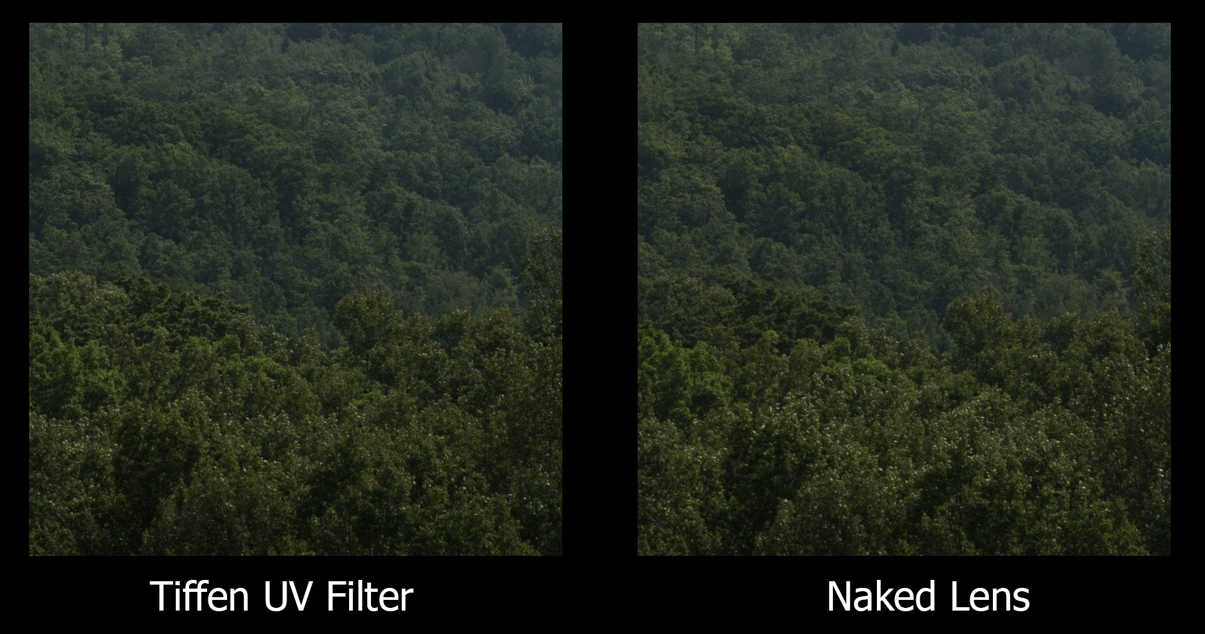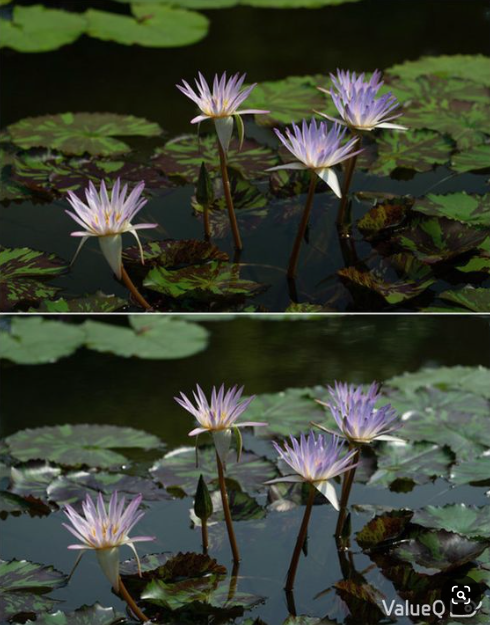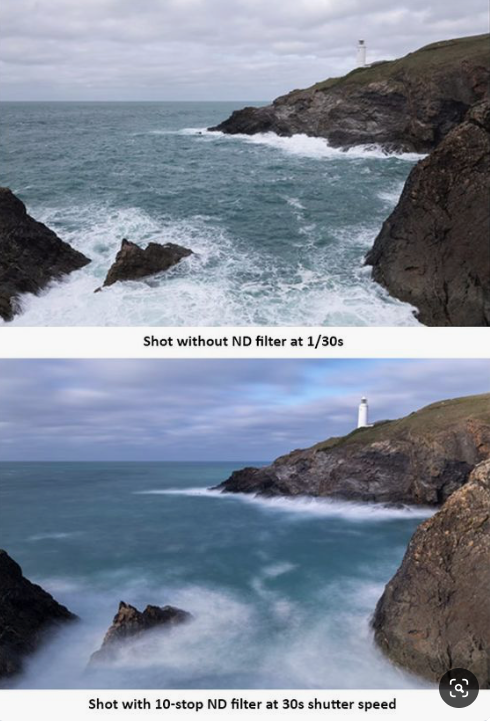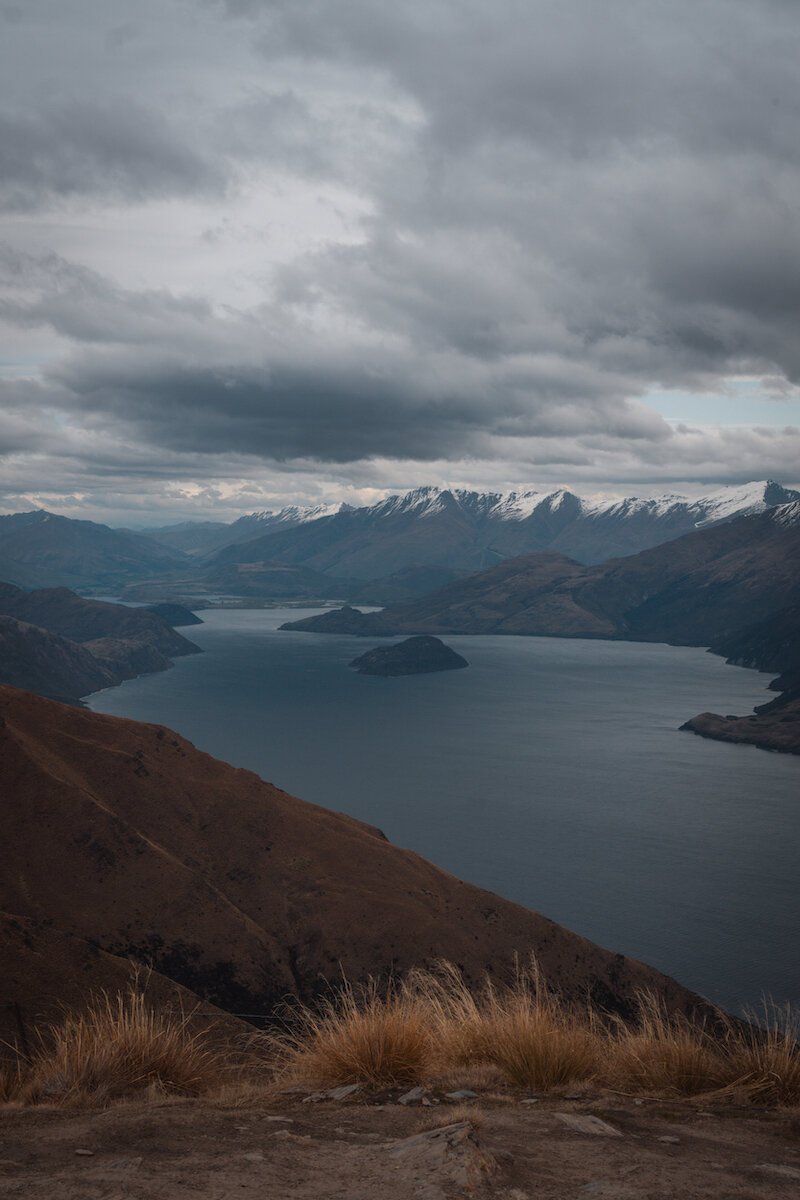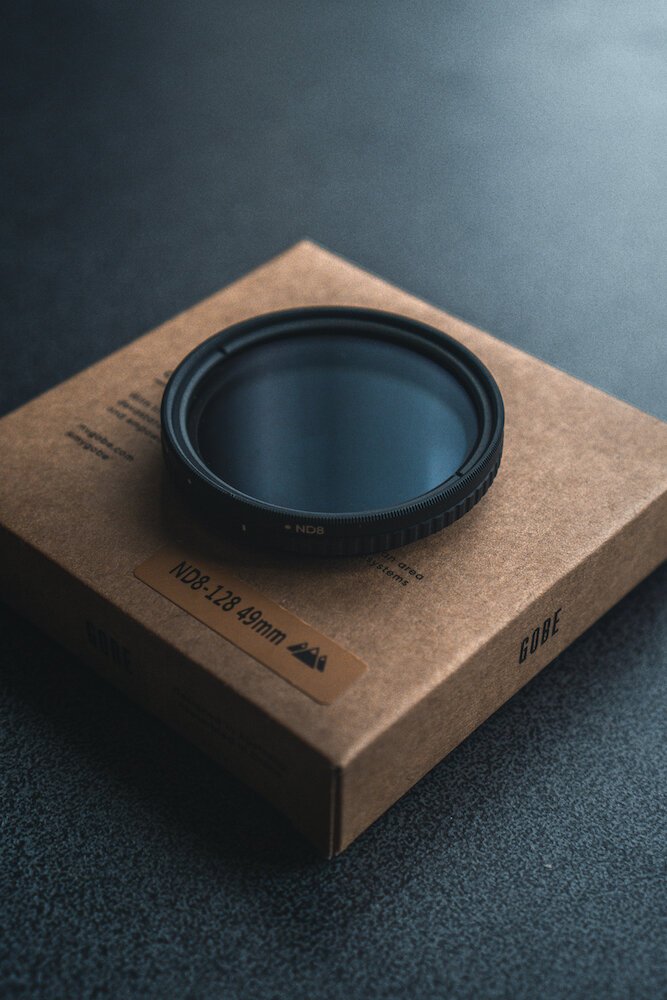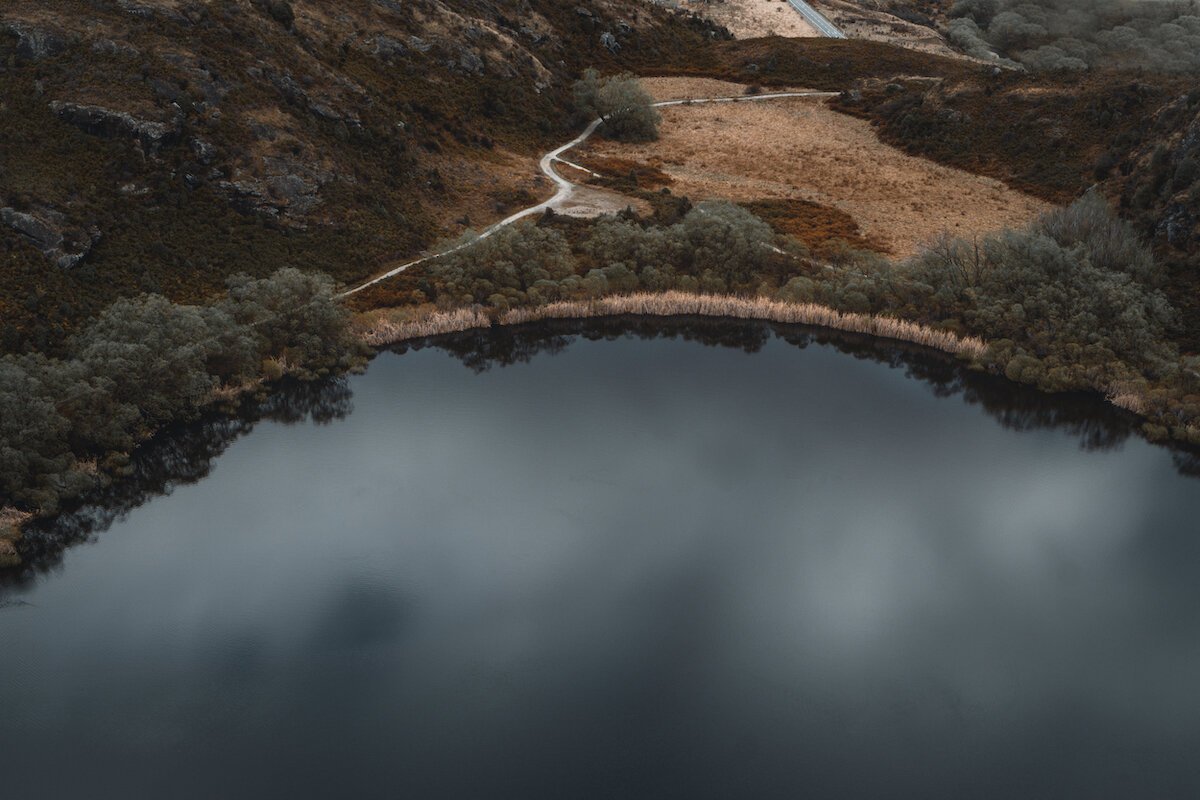Do you really need Lens Filters for your Camera? - UV vs CPL vs ND Filters
Photo by Yann Allegre
When I first started getting into photography, I had no idea what a UV, CPL or ND filters were. I didn’t even know that CPL stood for Circular Polarising Lens, or that ND stood for Neutral Density and came in all sorts of variants (which I’ll get into later). I thought that if I was a good enough photographer, I wouldn’t even need them because I’m super frugal and the good ones don’t come cheaply!
However, when I finally did invest in some good quality filters, I found that they allowed me much more creative freedom. While you don’t need every filter on the planet, it is worthwhile figuring out what type of photography you’re into and which filter is the best for that use. Either way, I would highly recommend always having at least one filter on your camera lens for protective purposes - ie. to avoid dust, dirt and scratches.
In this blog article, I’m going to explain what each of the UV, CPL and ND filters do, how you can use them to enhance your photography, and how to choose which filter to buy.
CONTENT:
1. What are Ultraviolet - UV Filters?
2. What are Circular Polarising Lens - CPL Filters?
3. What are Neutral Density - ND Filters?
4. What is the difference between Fixed and Variable ND Filters?
5. How to choose which Camera Lens Filter to buy?
1. What are Ultraviolet - UV Filters?
What is a UV filter and what does it do?
Reduces Haze:
UV filters can reduce atmospheric haze in your photos, but it actually doesn’t effect the exposure or colour of your photos in any way.Protects your Lens from Natural Elements:
More importantly, UV Filters are an added protection for your camera lens and prevents dirt, dust, sand, and rain from getting in and permanently scratching your precious lens.
How can a UV filter enhance your photography?
As you can see from the photo below, the difference is often not even that noticeable because UV filters don’t alter or affect the exposure or colour. However, they can cut out atmospheric haze and can make your photos seem just that little bit sharper - which you can also do post processing.
Do you need a UV filter?
If you don’t have a filter for your lens yet, then consider getting one of these to at least prevent dirt, dust and scratches from potentially damaging your precious lens. In my opinion, every lens needs at least one filter for protection purposes - even if you’re just starting out with photography. Plus, UV filters are very affordable (between $15-$30 for good ones).
2. What are Circular Polarising Lens - CPL Filters?
What is a CPL filter and what does it do?
If you’ve ever tried to take photos of fishes under the water or subjects behind a glass pane, then you’ll know the frustration of light reflection.
Think of CPL filters a bit like sunglasses for your camera lens. CPL filters are rotatable filters, which essentially block different polarised light rays that cause the unwanted glare and reflections, as you turn the CPL filter.
Here is a more detailed article for those who are interested in the technicalities: How do CPL filters work?
How can a CPL filter enhance your photography?
The ability to block unwanted polarised light (as you rotate the filter) allows for better contrast in your photos by balancing the light and shadows, while also enhancing the saturation in your photos.
Overall, it can make your photos look more vibrant and balanced, less hazy, and with less unwanted glare from light reflection.
Do you need a CPL filter?
If you’re an intermediate photographer who is looking to improve your photography then this is a good filter to start experimenting with. You can find good quality CPL filters from $30-$60. For a while, I shot about 70% of the time with a CPL filter during my ‘intermediate phase’. It acted as a protection (in place of a UV filter) and cut out unwanted glare.
3. What are Neutral Density - ND Filters?
What are ND filters and what do they do?
Neutral Density (ND) Filters come in varying strengths and their purpose is to reduce the light exposure so that you can:
Shoot with a Wider Aperture (ie. f/1.8) - for portrait shots in a very bright environment. It allows you to dial the aperture to achieve that sharp focus surrounded by a blurry background (called bokeh), without over exposing your photo.
Shoot Long Exposures (ie. long shutter speed) - for capturing silky waterfalls, smooth water surfaces, or motion blur during broad daylight without overexposing your photo.
What do the different ND gradients mean?
Neutral Density filters range from: ND 2 (smallest amount of light reduction) through to ND 1000 (highest amount of light reduction). The higher the ND number, the darker the photo becomes - which means you can compensate that with longer exposure (shutter speed) or wider aperture (lower f-stop) to create the desired effects.
eg. Shutter Speed:
ND 8 - could potentially extend your shutter speed to a few seconds to photograph motion blur
ND 128 - could potentially extend your shutter speed to 5-10 secs to shoot silky waterfalls in bright daylight.
How can ND filters enhance your photography?
ND Filters can be a game changer if you know how to shoot in manual mode. It allows so much more creative freedom because you can play around with the aperture (to create depth of field) and shutter speed (to create long exposures). Therefore, you can make your photography stand out more.
4. What is the difference between Fixed and Variable ND Filters?
While ND filters come in varying strengths, they can be divided into two categories: Fixed and Variable. I have recently switched from Fixed ND Filters to Variable ND Filter, so I will outline the difference below:
Fixed ND Filters
These have just one specific light reduction strength (ie. not variable)
Good for those shooting in a constant light environment like a studio because the light reduction is fixed.
Not so great for those shooting outdoors where the sunlight can change quickly or be difficult to predict, which would then require multiple strengths of ND Filters.
Can be fiddly if you’re constantly switching from filter to filter
Variable ND Filters
This is basically multiple ND filters all packed into one filter! Simply rotate the filter to vary the strength of light reduction.
They often come in these ranges: ND 2-400 // ND 2-32 // ND 8-128.
Good for indoor and outdoor shooting.
Easier to travel with and easier to shoot with.
Do you need ND filters?
I would definitely recommend ND Filters for those who are shooting in Manual already. If you want to shoot portraits or long exposures (eg. silky waterfalls) during the day - then yes, you will most likely need an ND filter!
Between the Fixed and Variable ND Filters, I would actually recommend the Variable ND Filter, just because it’s so much easier to travel and shoot with. You don’t need to bring several filters because you just need the one, which covers all your shooting needs.
Currently, I shoot with my Variable ND 8-128 Filter about 80% of the time!
5. How to choose which Camera Lens Filter to buy?
“If you could only buy ONE filter… what should it be?”
For Beginners shooting in Automatic
UV Filter to protect your lens. If you’re just shooting for fun and don’t intend to get into manual photography just yet.
Here is one I would recommend: UV Filters - GOBE
For Intermediate learning to shoot in Manual
CPL - if you love shooting around water or glass and would like the ability to filter out the light reflection so that you can actually capture what’s beneath/behind it. Can also start experimenting with some medium long exposures.
Here is the one I would recommend: CPL Filter - GOBE
For Advanced Photographers shooting in Manual
Variable ND Filters are great if you’re going to be shooting outdoor portraits or long exposures. You only need to buy one filter to cover a range of light reduction strengths, plus the ease of rotating the filter means less hassle when shooting on the go.
Here is the one I would recommend: Variable ND 8-128 Filter - GOBE
Do you shoot mostly with or without a lens filter? And which filters are you currently using? If you have a photography portfolio on instagram or on your own website, share your work down below! And if you have any questions about using UV, CPL or ND filters, just ask away! :)
Here are some extra creative expressions shot with ND filters:
CPL and ND Filters: Before & After
10 Creative Ways to Shoot with ND Filters
COLLABORATION & AFFILIATE LINKS:
This article was done in collaboration with GOBE Filters who kindly provided me the opportunity to shoot with their Variable ND 8-128 filter. However, despite the co-operation, my recommendations and thoughts are all my own.


